Fabulist Fiction: Literary Meets Weird
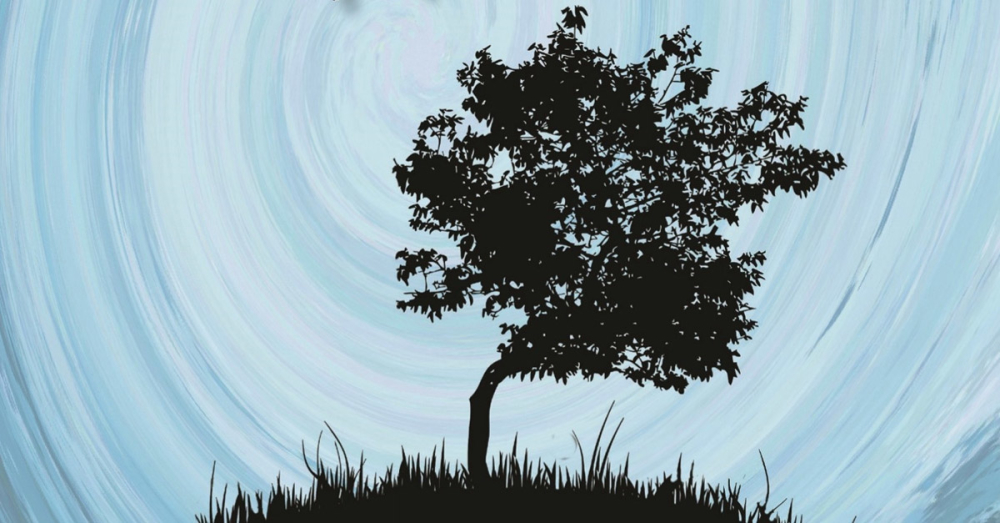
This June, my debut novella, Mama & the Hungry Hole, will be published as #4 in the Wordcraft Fabulist Novella Series from Wordcraft of Oregon. While having my first book published has been an absolutely amazing journey, I struggled for a couple of years to find a home for my novella. For one, novellas are a difficult length to sell. Additionally, fabulist fiction is often difficult to place. Where does it fit? What genre does it belong to? Where do booksellers shelve it? These are the kind of complications that cause agents and big publishers to turn away.
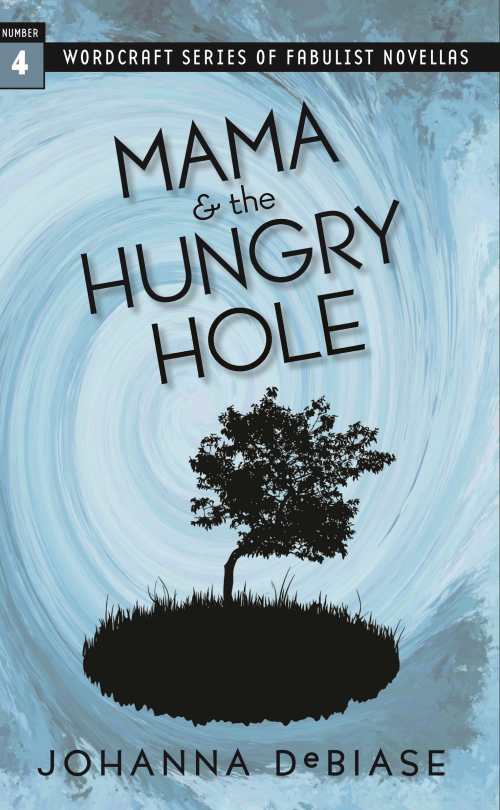
The premise of my novella is based in realism: A mother, suffering from depression, steals her daughter away to a small village in the isolated mountains of northern New Mexico. Julia, her neglected four-year-old daughter, has only her dog and apple tree for company. Everything seems like it will change for the better when her Nana comes to visit and a traveling circus family moves in next door. However, in the realm of fabulism, anything can happen. One day, a mysterious growing hole opens up in their backyard and threatens to swallow their home.
I didn’t set out to write a fabulist novella. I just knew that I wanted to write a story from the perspective of a tree. This idea had come to me years before while staying at an ashram in upstate New York and, as is the way of certain ideas, refused to leave me. A tree is a living being, but as far as we know, lacking sentience. But what if I were to give this immobile being a consciousness? How would the world look if you could only stand in one place and your lifetime spanned generations of humans? Tree, with a capital T, ended up embodying the setting of my story and everything about the location, from the history to the scenery, is seen through the perspective of Tree.
My story took many narrative turns and I found another voice, a young girl. Through her, I explored the idea that memory and imagination are often indistinguishable from each other. When we tell our stories, how much of their content is real and how much imagined, especially our childhood memories? In Mama & the Hungry Hole, memory, imagination, dream, and storytelling all become one and the same, distorting reality.
I learned about Wordcraft of Oregon when I discovered Phantom Drift: A Journal of New Fabulism, a literary journal published annually since 2011. Phantom Drift is packed with enchanting stories where anything is possible, like a well-constructed dream, the kind of writing I love to read. Other literary journals that publish fabulist fiction, such as Fairy Tale Review, The Collagist, and Tarpaulin Sky, have independent presses associated with them as well. Independent presses were the first to recognize that the narrow categories established by big publishing houses for fiction were not going to be enough. What sets fabulist fiction apart from the other genre fictions, such as science fiction, horror, or fantasy, is its artistic merit and that, in the deep canons of the publishing industry, a work of fabulism cannot be categorized as science fiction any more than it can easily be categorized as literary fiction.
What is Fabulist Fiction?
While fabulism isn’t new, the term is relatively new and a lot of confusion still exists in our global cloud of information about what constitutes fabulist fiction. I asked Editor David Memmot of Wordcraft of Oregon if he could help define fabulism:
I see it more as a “range of nonrealist narrative” or a literature of the fantastic which includes, but is not necessarily limited to magic realism, slipstream, literary science fiction, new weird, modern fable, fairy tale, literary horror, and surrealism. I resist the idea of one clear definition and refuse to draw a solid line between genres as I actually prefer to blur them. Most definitions, like manifestos, tend to exclude and qualify to the point of being useless to any practice of writing for wholeness and mystery, which I feel is an original gift of the muse.
While most writers don’t consider where their books will be shelved while they’re engaged with the coveted muse, when it comes time to sell their work, this is oftentimes what matters. Small presses are more likely to take a chance on genre-defying work. Several small independent presses publish works of fabulist fiction, including Starcherone Books, New Directions, Les Figues Press, Fiction Collective 2, Two Dollar Radio, Omnidawn, Coffee House Press and Small Beer Press.
Indie presses are often at the forefront of some of the best-selling, award-winning fabulist fiction from up-and-coming authors such as Lydia Millet, Alissa Nutting, and Kelly Link. Yet even with so many small presses publishing fabulist fiction—compared with the realism distributed by big publishing houses with their love books that fits into neat categories—the number of fabulist fiction books put out per year seems slim. Perhaps the big houses will eventually catch on, but until then, I’m happy to turn to indie presses for my fabulism fix.
Fabulist Recommendations
Here are a few examples of fabulist fiction to get you started:
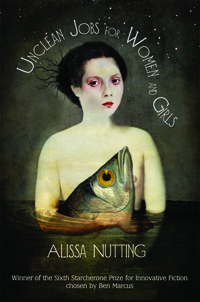
Unclean Jobs for Women and Girls by Alissa Nutting (Starcherone Press, 2010). Nutting’s debut book is a collection of feral stories shaped by unpredictable worlds where anything goes. These surreal parables of female characters in extraordinary employment opportunities both shock and delight. From the very start, our first-person narrator boiling in a pot with five other people, we know that a dark, satirical journey lies ahead.

Crystal Eaters by Shane Jones (Two Dollar Radio, 2014). The world is segregated into the city that seems to grow on its own, faster each day, and the villagers who measure their lives by crystals. As the city encroaches, one village girl watches her mother’s crystal count disintegrate as her activist brother attempts to break out of jail. The deeper meaning of this novel will resonate long after you finish reading.
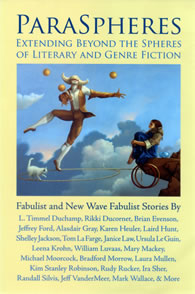
ParaSpheres: Fabulist and New Wave Fabulist Stories edited by Rusty Morrison (Omnidawn Publishing, 2006). ParaSpheres is a sprawling anthology of short fabulist stories from Omindawn Publishing, which includes a variety of cross-genre authors including Shelley Jackson, Angela Carter, Bradford Morrow, Jeff VanderMeer, and Ursula K. Le Guin. Published in 2006, this book served to solidify fabulist fiction as a genre unto itself.
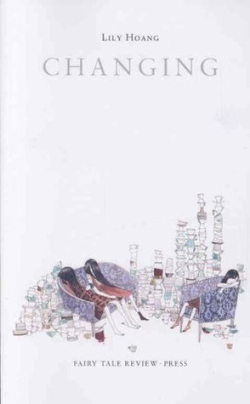
Changing by Lily Hoang (Fairy Tale Review Press, 2008). This meta-fairy tale novella was winner of the 2009 PEN/Beyond Margins Award. In Changing, innovative author Hoang utilizes the ancient divination of the I-Ching as a means to take her protagonist, a young Vietnamese-American woman, on a labyrinth-like journey through reoccurring struggles and relationships. An ancient tale of modern times for adventurous readers only.
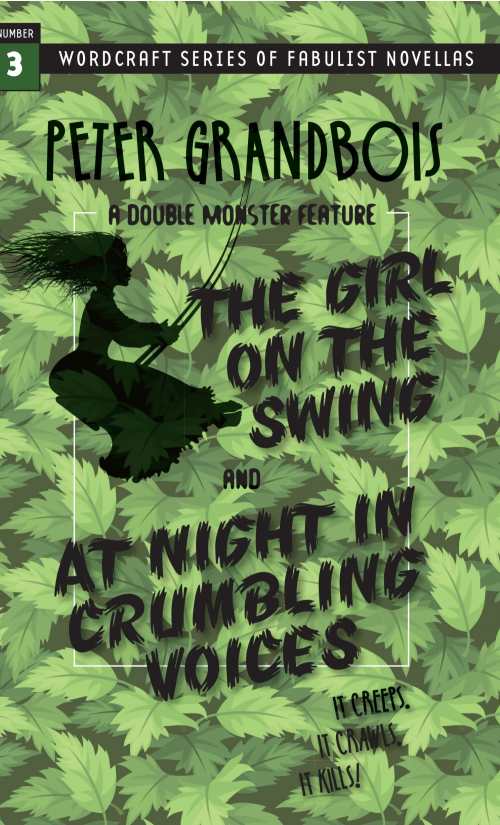
The Girl on the Swing and At Night in Crumbling Voices by Peter Grandbois (Wordcraft of Oregon, 2015). Comparisons between Peter Grandbois’s eerie stories and The Twilight Zone are inescapable. Though the previous two volumes in the series visited classic horror films from the perspective of the monster, The Girl on the Swing and At Night in Crumbling Voices explores two lesser known tales.

Johanna DeBiase is a freelance journalist, novelist, yoga instructor, vintage boutique owner, world traveler and mom based in Taos, New Mexico, or on the Internet at www.JohannaDeBiase.com Follow her on Twitter @JohannaDeBiase
Johanna DeBiase
